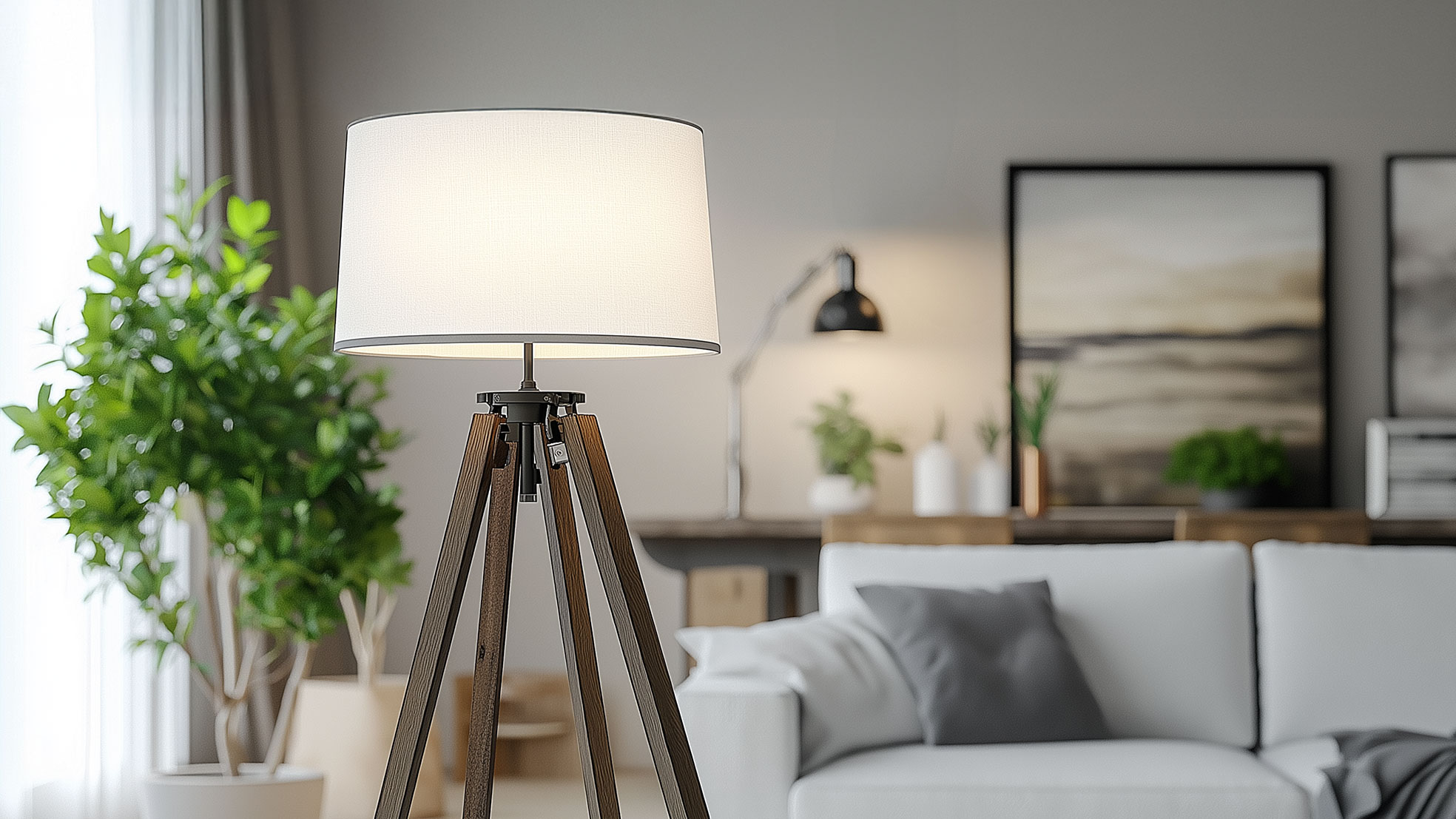One of the most underappreciated interior design elements is lighting, which has the capacity to drastically alter the atmosphere of a room. The way your lighting is designed can create a cozy evening atmosphere, the ideal focus for a home office, or a feeling of intimacy during a meal. But all too frequently, poorly thought out or hastily chosen lighting causes exquisitely furnished rooms to look unfinished. Avoiding these typical indoor lighting errors can transform your house from a functional space to one that is genuinely atmospheric, whether you're remodeling a single room or an entire apartment.

Particularly in living rooms, bedrooms, and open-plan spaces, using a single ceiling light to light an entire room results in flat, uneven lighting and undesired shadows.
How to stay away from it:
Use layered lighting techniques that incorporate:
This could entail placing a dimmable floor lamp next to the sofa, a central ceiling fixture, and warm LED strips beneath cabinets or shelves in a living room.
The color temperature of lighting has a significant impact on its emotional impact. While excessively warm lighting can make rooms appear dreary or yellowed, cool tones can give spaces a clinical feel.
How to stay away from it:
Adapt the color temperature to the room's purpose:
While too much brightness produces a sterile, uncomfortable atmosphere, too little lighting can make tasks challenging and strain the eyes.
How to stay away from it:
Determine how many lumens are needed based on the size and purpose of the room.
When placed incorrectly, even the most exquisite light loses its impact. Common hazards include glare from misaligned lamps, shadows on dining tables, and dimly lit mirrors.
How to stay away from it:
When precise placement is crucial, our movable wall lights and ceiling tracks provide flexibility.
Daylight should not be replaced by artificial light. Inefficient lighting choices and mismatched tones can result from ignoring the amount of sunlight a room receives and when it enters.
How to stay away from it:
Take note of how the room's natural light changes in the morning, midday, and evening.
An essential component of how a room feels, functions, and greets guests, indoor lighting is more than just a design afterthought. The lighting choices made during the design process frequently make the difference between a beautifully styled space and one that feels genuinely lived in.
At Loriano, we consider light to be a kind of artistry. Every fixture in our collection has been selected for its capacity to combine technical sophistication with aesthetic restraint, assisting you in creating intentional spaces.









